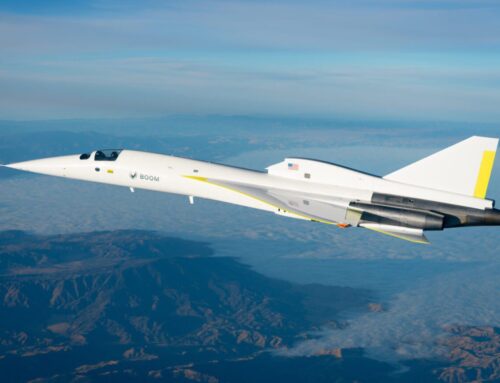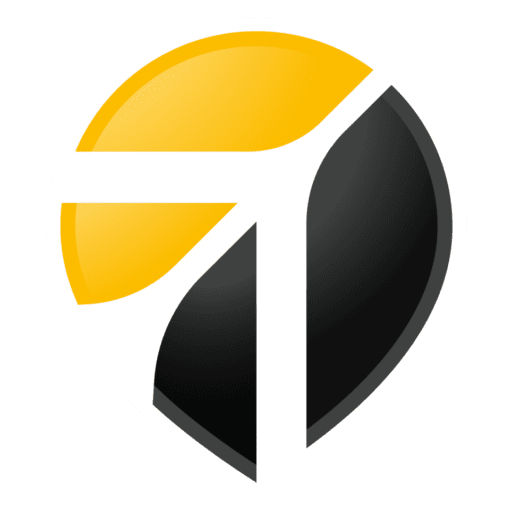How PIT’s ‘Magic Eraser’ Changed the Industry
One worker’s bright idea led to a revolutionary way to remove hazardous rubber from runways
By Matt Neistein
Published July 8, 2019
Read Time: 4 mins
(Photos and video by Beth Hollerich)
Jim Moorhead was watching a contractor scrub rubber off the runways at Pittsburgh International Airport using serious chemicals when he had an idea.
That was 15 years ago. No one realized Moorhead, then a duty manager at PIT, was going to help revolutionize a key part of airport operations around the world.
In those days, teams of two to six men poured Avion 50, a combination of sodium hydroxide and a glycol ether, on runways to dissolve the rubber that builds up when planes drag their tires as they land. The chemical reaction causes a sludge which then has to be washed off and collected with a power-washing machine on a trailer and huge truck-mounted brooms.
“It was a lot of hard, messy work,” said Ed Kreuzer, a heavy equipment operator at PIT for more than 20 years.
So Moorhead got on the phone with the CEO of Hog Technologies, the small Florida company that made the existing airport power washing equipment. James Crocker told Moorhead that he only sold two or three of the units a year and didn’t know why an airport would be interested in buying one for themselves.
But Moorhead wasn’t interested in one of the trailer units. He invited Crocker up to Pittsburgh to see firsthand how the rubber removal process worked.
“The light bulb went off in his head,” said Moorhead, now PIT’s assistant superintendent of maintenance. “He said, ‘I see what you want to do.’ I said, ‘Yeah, can you build me a truck, a chassis, all one unit, and I can recover this product?’”
Inventing the future
Thus was born the Stripe Hog SH8000, a 19-ton truck carrying a power washing system that strips the rubber right off the runway surface using only water and then vacuums the solution into a storage system.
The Allegheny County Airport Authority commissioned the vehicle in 2006, and the next year the very first Stripe Hog built for rubber removal at airports was delivered to Pittsburgh – and it’s still in use today. In fact, it’s in such good condition that Crocker just displayed it at a trade show and wants to add it to his company’s history collection when PIT retires the vehicle the maintenance team calls “The Magic Eraser.”
One person runs the entire operation, driving the truck at a snail’s pace while operating the spray heads in front.
The rubber solidifies once it’s collected, and the water used in the power washing is cycled through over and over until it becomes too dirty to use. Both are disposed of safely in line with environmental regulations.
Crocker, who started his power washing business as an 18-year-old, admits he hadn’t thought about how his work stripping paint off roadways and bridges would translate to airports.
“I pictured airports as contracting that body of work,” he said. “I didn’t picture them as having the sophistication and appetite to do it themselves.”
All of PIT’s heavy equipment operators are trained to use the Stripe Hog. And despite the rugged nature of the work, operating the machine requires a soft touch.
“It’s 40,000 pounds per square inch of pressure, so if you put it on concrete (at full blast) you can dig holes in concrete. And asphalt, it can just blow apart asphalt,” Moorhead said. “It’s a great machine but it’s very powerful.”

The Stripe Hog strips rubber from runway surfaces using water and then vacuums the solution into a storage system. (Photo by Beth Hollerich)
Versatility is key
While the primary value of the Stripe Hog is that it makes a dangerous job safer and more efficient, it also makes the work far more cost-effective.
The Airport Authority paid just under $1 million for the machine in 2007. The Authority was paying well over that annually to clean its four runways at the time.
“(The Stripe Hog) paid for itself in the first year,” Moorhead said.
Members of PIT’s field maintenance team have found other uses for the Stripe Hog.
The Federal Aviation Administration makes changes to paint and markings standards every year or two, and inspectors will measure line placement down to the inch to make sure airports are in compliance. The paint crew will use the Stripe Hog to clean white and yellow lines on the runway or even strip them away entirely if new paint needs to be applied.
Crocker, who grew up in Western Pennsylvania before moving to Florida as a teenager, said his company’s machines are now used at 70 American airports and in 57 countries worldwide; they’re currently building a fifth machine for Dubai International Airport.
He still has the note alerting him to Moorhead’s phone call all those years ago. PIT’s Stripe Hog was the company’s 50th manufacturing job, but its first step into a whole new field.
Airport sales now make up to 30 percent of the company’s business, Crocker said, and he’s gone from 10-12 employees at the time to more than 160 today.
“I didn’t realize how much airports talk to each other,” he said. “They share information and strategies for keeping runways and airfields safe.
“I could have never guessed that things would develop as they have.”






